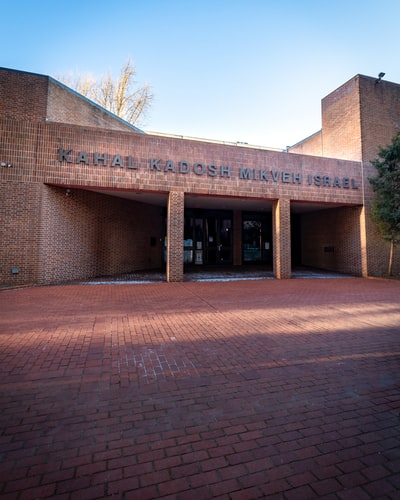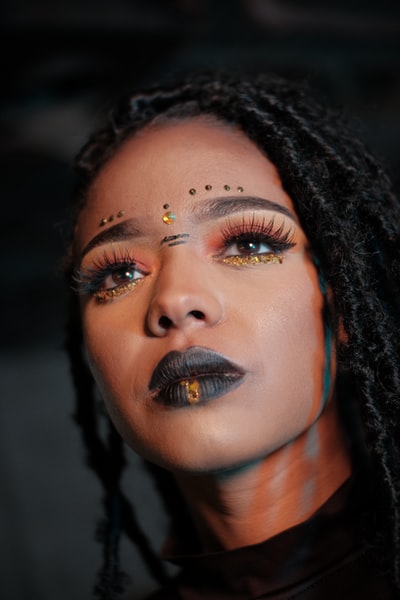Passing the Act

Continued Racism
But this isn’t the end of the story. Racism still persisted in everyday life. The civil rights movement continued to fight against it in cities across the South (such as in Selma to Montgomery March, described below), and continued to experience violence as they did.
Some people within the civil rights movement started to become frustrated at the discrimination that black people continued to suffer, in spite of changes in the law.
A minority of the civil rights movement had opposed the marches and sit-ins on the grounds that they were a waste of time. According to this viewpoint, blacks needed to confront racists more directly, using violence if necessary.
At the same time, they also thought that the movement was helping to encourage black people to conform to the dress and cultural styles of white people, rather than embracing their African roots and being proud of their identity as African-Americans.
The key figure of this school of thought was Malcolm X, who was murdered in 1965.
Black Panther Party

And it was clear that the aggressiveness of the black power movement had much less public backing. At the Mexico Olympics, held in 1968, two African American athletes used the black power salute (a raised fist) whilst receiving medals on the podium. Whilst some people considered the gesture to be courageous, others associated it simply with anger and aggression.
* The Washington March, 1963 – Different civil rights groups came together to organize a massive demonstration in Washington DC, which took place on 28th August. Approximately 300,000 people, the majority of who were African-American, but were joined by a significant minority of white, Hispanic and Asian people. The march was designed to demand the introduction of civil rights laws, a guarantee of the right to vote (which was still being denied to minorities in some states), programmes to create jobs and provide better education and homes. The iconic moment of the day was Martin Luther King delivering his ‘I have a dream’ speech.
The enormous number of people in attendance – no protest on this scale had been organized in the US before – meant that the event could not be ignored.